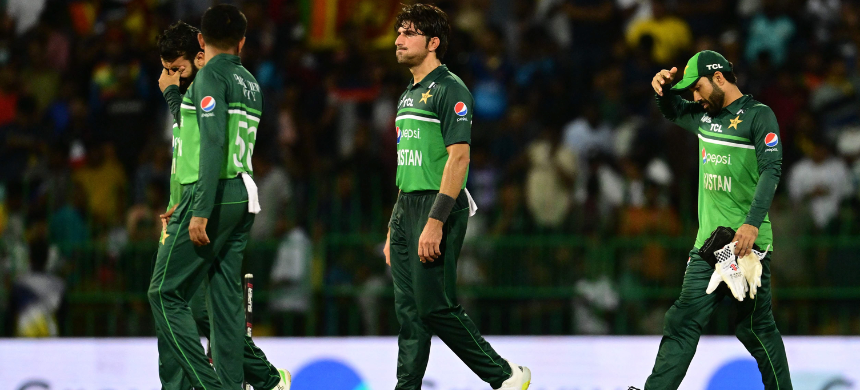Pakistan’s recent performance against Bangladesh has been disheartening, marking one of the team’s lowest points in the past 70 years. This decline mirrors the fate of hockey, which, despite past World Cup and Olympic successes, now struggles to qualify for major tournaments.
The decline in cricket performance has been gradual, exacerbated by the removal of departmental and institutional cricket. While there have been occasional successes in T20s and ODIs, these do not address the fundamental issue affecting Test cricket, the traditional and vital format of the game.
The core problem is the need to revamp our domestic cricket system. Previously, departments played a crucial role in nurturing talent, ensuring a broad talent pool and strong national team performance. The end of departmental cricket has weakened this system, leading to reduced competition and potential complacency among players.
Also Red: PCB Offers Free Entry for Fans on Final Days of Rawalpindi Test
The collapse began with the end of departmental cricket, which not only provided employment but also served as a breeding ground for emerging talent. Today, countries like India and England maintain rigorous systems for nurturing local talent, sustaining large pools of players through structured processes.
Pakistan’s institutional cricket system has also suffered. Historically, institutions like Government College Lahore, Civil Lines College, and Aitchison College were significant talent sources. Many legendary cricketers began their journeys in these settings before achieving international prominence.
For example:
- Virat Kohli (Saviour Convent)
- Kumar Sangakkara (Trinity College)
- AB de Villiers (University of the Free State)
- Inzamam-ul-Haq (GC Lahore)
- Imran Khan (Aitchison College, Pakistan Railways)
These players were initially identified at the school level and advanced through their respective departments.
In contrast, Pakistan’s institutional cricket system has lost its effectiveness, resulting in a significant talent gap. To address this, Pakistan must rebuild a robust talent development system, starting with revitalizing school, college, and club cricket, and then progressing through departmental cricket to the national stage.
Reinstating departmental cricket and encouraging players to commit to full seasons of Test cricket are essential steps. By establishing a talent pool of over 300 players based on performance, even established players like Babar Azam would face intense competition for their positions.
Schools, colleges, and departmental teams are critical for nurturing cricketing talent. Ignoring these grassroots elements undermines the development of a world-class team. While short-term fixes may provide temporary success, they cannot ensure long-term excellence, especially in the enduring format of Test cricket.











